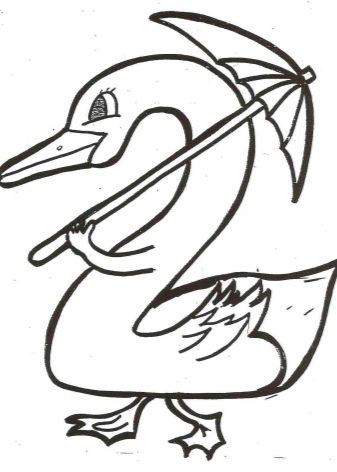Digital information is abstract, so it is not always amenable to memorization. There are many options for memory training that facilitate this process. Let's consider in more detail how to remember numbers.

Features of memorizing numbers
Without special exercises for the brain, an ordinary person is able to memorize numbers by pronouncing aloud in direct order 7 characters, and in the opposite - 5. The trained memory gives endless possibilities. It is important to find a suitable method of remembering. There are certain groups of tricks.
- "Figures - Images" - create stable images of each digital sign. It is necessary to focus on its external similarity with a specific subject. For example, a unit is like a spear or pole. Often use a related story to recreate the chain of a large digital series.
- "Figures are words" - each character is assigned a letter equivalent. We need to find 10 matching letters that replace all single digits. Sometimes, when memorizing numbers, they come up with words starting with the right letters. Then make a proposal. Double-digit numbers are usually encoded, turning into ready-made words. The Shed system suggests selecting words with the same number of letters in a number. For example, the number 2865675 turns into the sentence "Scientific books have been on the shelf for a long time." It is enough to remember the phrase in order to reproduce the number at the right time.
- “Numbers are numbers” - select the necessary associations with numbers and use them to memorize the digital series.
For example, the number 23021941 is easy to remember when turning it into a date on February 23, 1941.

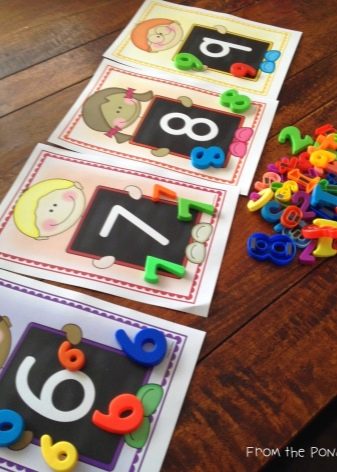
Popular techniques
There are simple techniques for remembering numbers.
The method of shaped hooks is popular. For visualization of each digit, it is necessary to present the following pictures:
- mentally turn the unit into a nail or arrow;
- deuce - into a swan or a curved snake;
- three - in a mustache or flying gull;
- four - in an inverted chair or sail;
- five - into a five-pointed star or a fishing hook;
- six - in an open padlock or whistle;
- seven - in a club or poker;
- eight - in a tumbler or an hourglass;
- nine - into a tadpole or a bounced dolphin;
- In this way, a bagel, a lifebuoy, a ball, a plate, etc. can serve to memorize the number “0”.
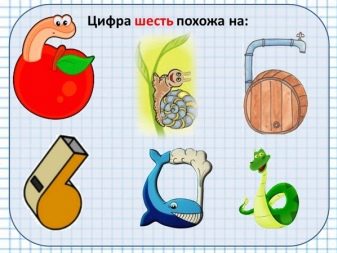
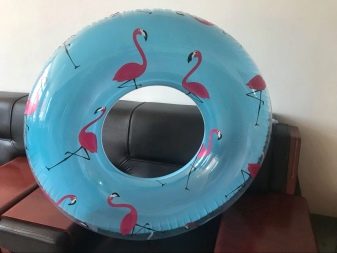
So create hooks in the imagination. For example, using this method, you need to remember the number 804. It is enough to imagine a snowman resembling an eight. Next to it is a snowball - a blank for a snow woman. This lump is like zero. At a distance, a chair is inserted upside down in the snow, which is imagined as a four. The image in my thoughts is imprinted, and reproduced at the right time.
Larger numbers are easier to remember if you create two-digit combinations from them and associate with vivid images, namely:
- the combination of two zeros resembles glasses;
- 03 - ambulance;
- 11 - skiing;
- 25 - a quarter of a year (snowy winter, golden autumn);
- 69 - sixty nine (6 maidens);
- 78 - seventy-eight (sowing, you can expand the word: north), etc.

Individual associations are often used to memorize numbers. You need to attach the number to some important date for a person, height, size, number of the school in which he studied. If you need to remember the digital code of the lock, the data of your passport, identity card or phone number, you need to recall important events from your life.
For example, someone is looking for work. Driving a trolleybus past a banner with the phone number of the organization where specialists are required, a person is not able to record the number. There is only one solution: remember quickly.
Let's look at an example of how memorization occurs through personal associations. Suppose a telephone number 942-16-39 is fixed in memory by the following reasoning:
- in 1942 a grandmother was born;
- On the 16th there was a brother's wedding;
- the last two digits match the apartment number of your best friend.
After that, a visual image is created in the imagination: a grandmother at a brother’s wedding in a friend’s apartment. In the future, you can not record this number, because it is printed in memory for a long time.
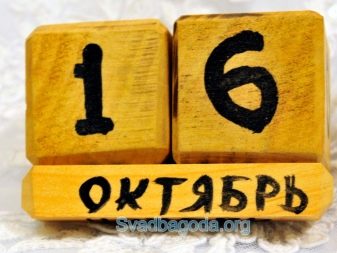

The alphanumeric code is used to memorize long numbers. First, the numbers are translated into letters and then added to various words. So, the identification number 864610 is turned into the word “in the evening” when mentally comparing the eight with the letter “B”, the six with “E”, the four with “H”, the one with “P”, the numbers “0” with the letter “ ABOUT".
Some replace the number with the initial letter of its name. Zero turns into “H”, one into “E”, two into “D”, three into “T”, four into “H”, five into “P” and so on. At the right time, the passphrase pops up in memory automatically. When memorizing short numbers, the visualization method in its pure form is often used.
We need to mentally imagine large bright numbers.
They can blink, move, fall. Speaking aloud at the same time allows you to quickly remember the desired number. For example, to purchase a shoe cabinet, measurements were made of the hallway, which should be imagined to be written in giant red numbers directly on the wall.
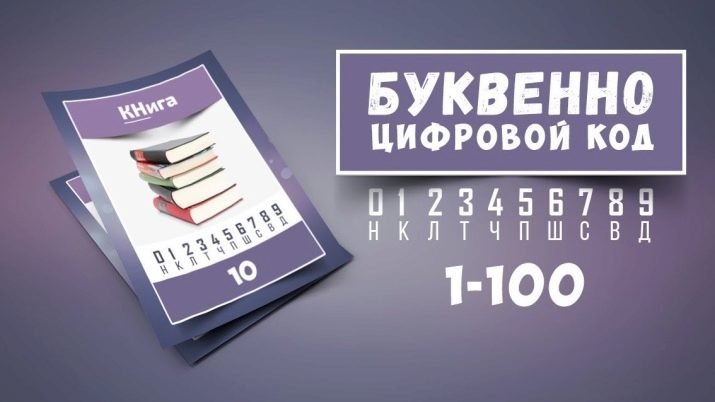
Location method involves the mental use of objects located clockwise in a familiar place. You can attach any number to them. To do this, you should number all the items and remember the numbers corresponding to them well.
Memory training for children
For working with children, the associative method is ideal. It’s easier for kids to learn to recognize numbers from pictures that show the same number of objects next to a digital sign. For example, about two apples are painted 2, four - 4 strawberries. Two-digit numbers are best remembered when folding and recounting dice.

There are many interesting authoring techniques for young children. In one of them they offer small poems aimed at creating an association of the subject with a digital form, deliberately placed at the end of the rhyming couplet.
The use of this technique makes it possible for a figure to take root in the memory of a child.
To memorize units, an associative rhyme is used:
"The thin nosed gentleman
It’s always a pillar. ”
To remember the two, they often use the image of a swan:
“Grass grows around the pond,
Swans sailed. There are two of them. ”
In one of the author’s methods, the poem sounds like this:
"The swan came to us hardly,
Turned into two! ”

